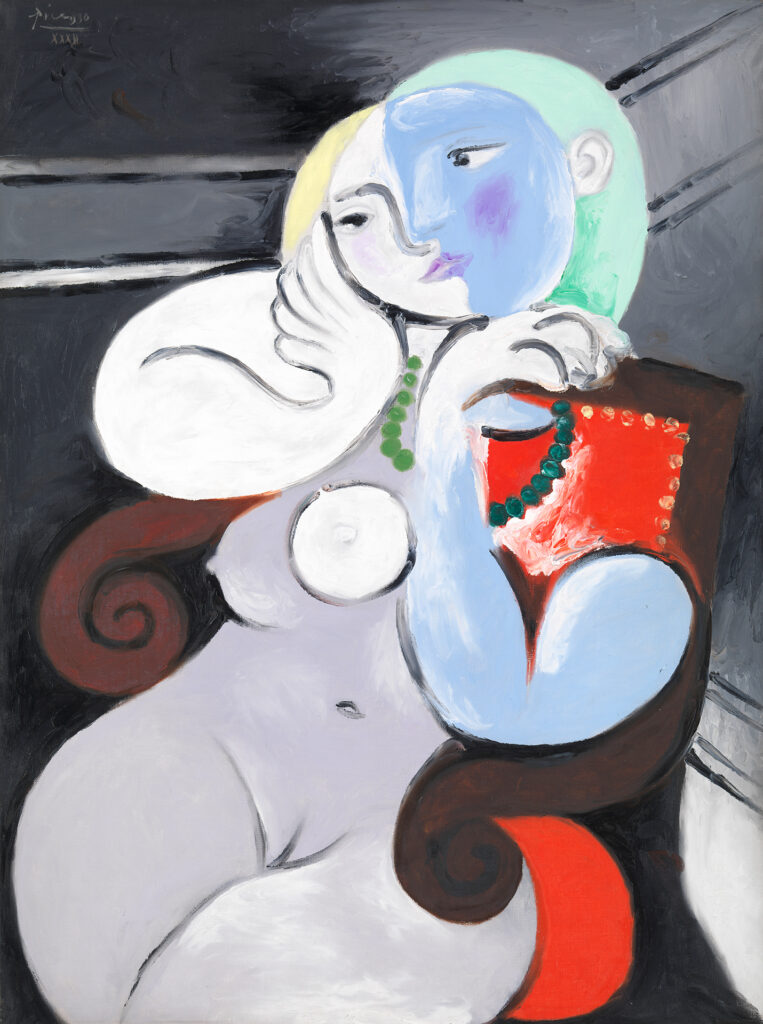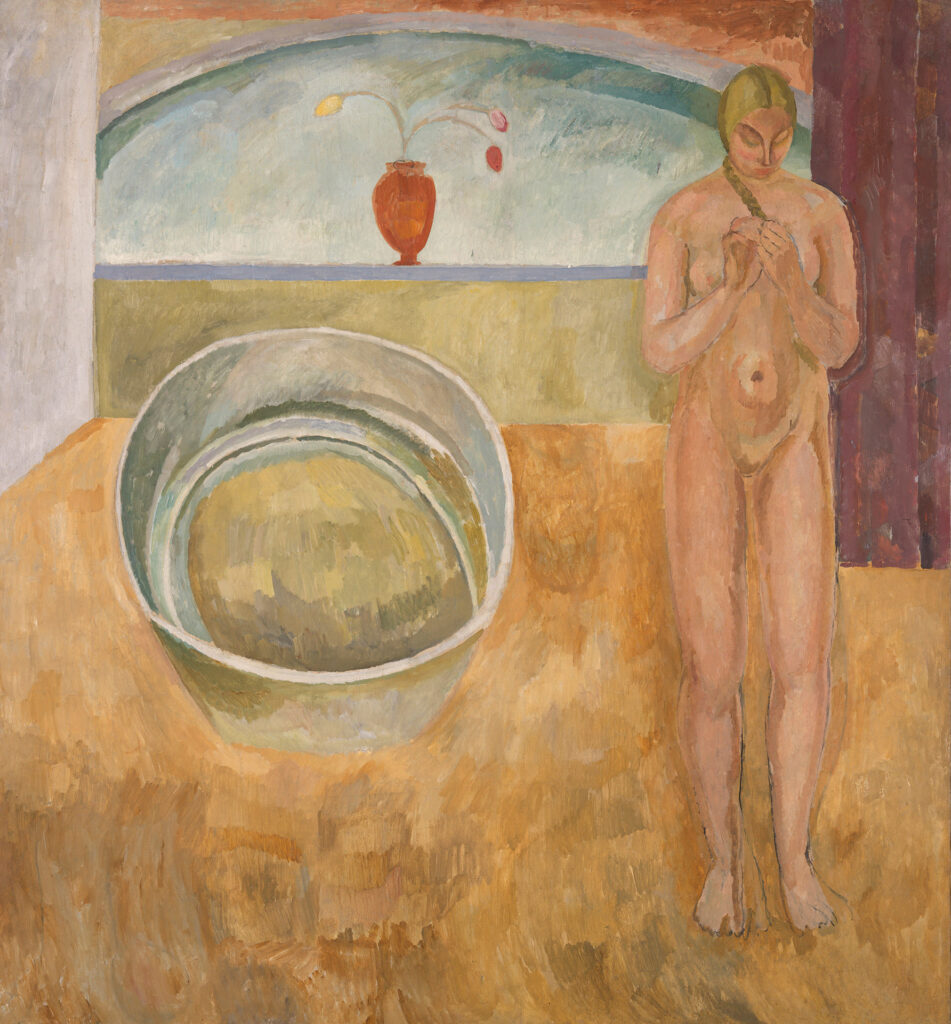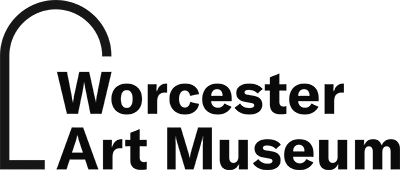Works by Pablo Picasso, Francis Bacon, Vanessa Bell and Many More, on View This Fall


Worcester, September 12, 2024 – The Worcester Art Museum announced the upcoming presentation of Twentieth-Century Nudes from Tate, a special exhibition of iconic paintings on loan from Tate, which holds the United Kingdom’s national collection of British art from 1500 onward and international modern and contemporary art. This show explores how the nude—a central subject in Western art since the Renaissance—was used by artists in the 20th century to explore formal concepts as well as challenge viewers’ preconceptions about age, race, gender, and sexuality. Included will be major works by some of the most recognized artists of the 20th century, such as Pablo Picasso, Henri Matisse, Vanessa Bell, Francis Bacon, Lucian Freud, Alice Neel, Barkley L. Hendricks, and many more. Twentieth-Century Nudes from Tate will provide visitors with an opportunity to view a remarkable array of works from one of England’s foremost art museums, including works by a number of artists not represented in the Worcester Art Museum’s collection. Opening on November 23, 2024, and on view through March 9, 2025, the exhibition is curated by Emma Chambers, Curator of Modern British Art at Tate, and for its Worcester presentation by Claire Whitner, Director of Curatorial Affairs and the James A. Welu Curator of European Art.
“The Worcester Art Museum has strong holdings of nudes, particularly in our collections of Renaissance and Baroque art. With Tate’s exceptional collection from leading 20th-century artists, we have the unique opportunity to demonstrate how this traditional subject is reinvented in a century of experimentation and innovation to explore issues of race, gender, sexuality, and identity,” said Claire C. Whitner, Director of Curatorial Affairs and the James A. Welu Curator of European Art.
The exhibition introduces the evolution of the nude from the end of the 19th century, proceeding roughly chronologically and highlighting the artistic and cultural shifts that paved the way for new interpretations. In a section dedicated to “The Private Nude,” visitors encounter intimate and personal depictions of the body, exploring the nuanced portrayal of the nude figure in private settings and offering insights into the artists’ introspective approaches. The following section, “Abstracted and Surreal Nudes,” presents works that break away from traditional representations, delving into the abstract and surreal interpretations of the nude and challenging viewers to see the body in a new lens. “The Realist Nude” underscores the power of realism, presenting the nude in a raw and unidealized form, emphasizing the authenticity and vulnerability of the human body. Lastly, “Paint as Flesh” highlights the tactile quality of paint, celebrating the materiality of the medium and its ability to evoke the texture and essence of flesh.
The exhibition boasts many major works by key 20th-century artists, each exploring the formal and expressive potential of the nude. Two of the most recognizable names of European modernist painting are represented: Pablo Picasso’s iconic Nude Woman in Red Armchair (1932) demonstrates his innovative approach to depicting the human figure, blending abstraction with realism. Henri Matisse’s Draped Nude (1936) exemplifies his mastery of form and color. The Tub by Bloomsbury artist Vanessa Bell is an intimate domestic scene depicting a woman bathing and focuses on the private moments of a women’s life, offering a counterpoint to the more traditional male perspective. Sylvia Sleigh’s Paul Rosano Reclining (1974) offers a reversal of traditional gender roles in nude portraiture, depicting the naked male form from the perspective of the female artist. Francis Bacon’s Reclining Woman (1961) presents a haunting and visceral interpretation of the nude, giving bodily form to the artist’s expressive intent. Created at the end of the century, Marlene Dumas’s Lead White (1997) introduces a unidealized nude self-portrait as a pendant to Ivory Black (1997), a haunting depiction of a partially veiled black woman, in her complex meditation on race in her native South Africa in the post-apartheid era. This exhibition provides a unique opportunity to engage with works that challenge and expand traditional notions of beauty, form, and representation. We hope visitors will explore the nudes in WAM’s collection during their visit to enrich the exhibition experience and seize the unique opportunity to be surrounded by a century of rumination on bodily form.
This exhibition is generously supported by the Fletcher Foundation. It is also funded in part by the Ruth and John Adam, Jr. Exhibition Fund, Richard A. Heald Curatorial Fund, the Christian A. Johnson Exhibition Fund, Michie Family Curatorial Fund, and WAM Exhibition Fund.
About Tate
Tate is one of the United Kingdom’s national museums, holding the national collections of British art from 1500 onward, and of post-1900 modern and contemporary art from across the world. Tate’s vision is to be an artistically adventurous and culturally inclusive art museum for the UK and the world. It has four galleries across the country. The largest, Tate Modern, opened in 2000 in a former power station beside the River Thames in central London and is the most visited museum of modern and contemporary art in the world. Tate Britain, also beside the Thames, is the home of British art. Outside London, Tate Liverpool is the largest museum of modern and contemporary art in the north of England, and Tate St Ives on the coast of Cornwall (in the far west of England) connects the legacy of an important 20th-century artists’ colony with the best in international contemporary art. Beyond its four sites, and consistent with its vision, Tate’s programs and partnerships connect it to international peers in a spirit of boldness, rigor, and openness.
About the Worcester Art Museum
The Worcester Art Museum creates transformative programs and exhibitions, drawing on its exceptional collection of art. Dating from 3000 BCE to the present, these works provide the foundation for a focus on audience engagement, connecting visitors of all ages and abilities with inspiring art and demonstrating its enduring relevance to daily life. Creative initiatives—including pioneering collaborative programs with local schools, fresh approaches to exhibition design and in-gallery teaching, and a long history of studio class instruction—offer opportunities for diverse audiences to experience art and learn both from and with artists.
The Worcester Art Museum, located at 55 Salisbury Street in Worcester, MA, is open Wednesday through Sunday from 10 am to 4 pm. For information on admission and discounts, visit https://www.worcesterart.org/visit. Museum parking is free.
For more information, please contact:
Madeline Feller
Worcester Art Museum
MadelineFeller@worcesterart.org
508-793-4373
Sascha Freudenheim
PAVE Communications & Consulting
sascha@paveconsult.com
917-544-6057
Images (left to right):
Pablo Picasso, Nude Woman in a Red Armchair, 1932, oil paint on canvas. © 2024 Estate of Pablo Picasso / Artists Rights Society (ARS), New York. Photo: Tate
Vanessa Bell, The Tub, 1917, oil paint and gouache on canvas. © 2024 Artists Rights Society (ARS), New York / DACS, London. Photo: Tate

